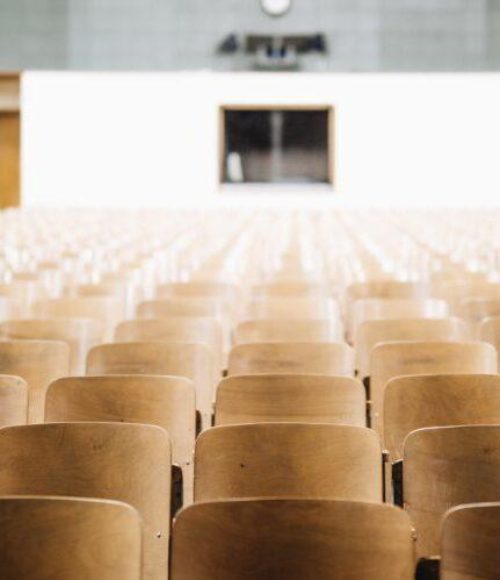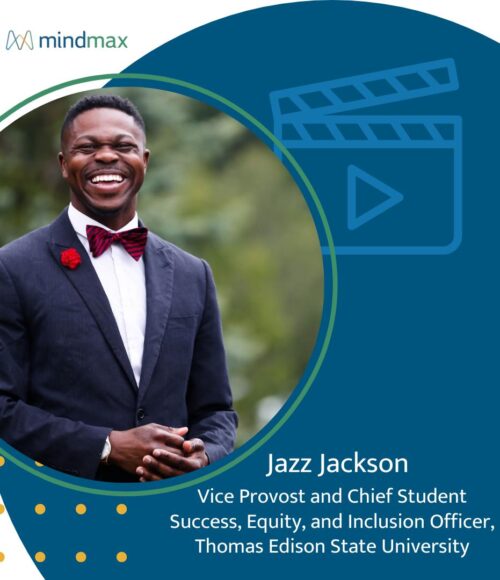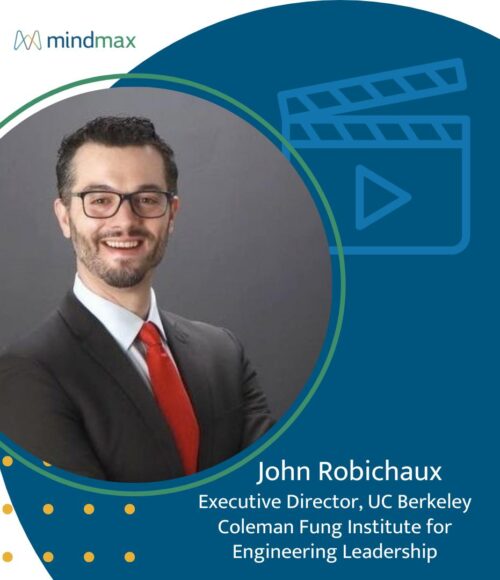Now Everything Is Back to Normal…Right?

Now Everything Is Back to Normal…Right?
Higher Education Has an Opportunity to Lead New Paradigm Shifts
Now that nearly half the U.S. population has been fully vaccinated, there’s a lot of talk about life returning to normal here in America. But what—and who—defines what is normal? And was there ever such a thing as normal in the first place?
The reality is that life is an ongoing series of paradigm shifts, meaning the concept of normal is always changing. The set of ideas, principles, and guidelines that apply to individuals and societies at a given time inevitably outlive their value and relevance, prompting necessary change.
But change isn’t always easy. It takes tremendous effort to let go of a familiar paradigm and progress into a new one.
The COVID-19 pandemic has been one of the biggest global catalysts for long-term change in modern history because of the sheer scale of its reach. The world as we once knew it is different now, and it has become clear that our previous paradigm is no longer useful.
Higher education has been at the forefront of this accelerated paradigm shift. As schools, teachers, and students have had to quickly adapt to new learning environments like online education, those who were prepared to face these changes are faring remarkably well.
But what about everyone else? How do we collectively enter this new paradigm without leaving anyone behind?
Students Struggle to Keep Up with the Latest Paradigm Shift
Paradigm shifts never happen overnight—and the post-pandemic world is no exception. Technological advancements have been pushing us all gradually in the direction of a new paradigm for decades.
Still, there’s no denying that the pandemic dramatically accelerated this shift. Psychologically, many students are struggling to keep up in the face of abrupt changes that have set them back or put them at a disadvantage.
Kindergartners lost the opportunity to socialize in a group setting.
High school students lost the opportunity for hands-on learning.
College students lost the opportunity to experience life on campus, which is just as critical as what happens in the classroom.
Parents and educators alike tried hard to fill the gaps during this “lost year.” But even the best efforts inevitably fell short for some students. Many parents and students have even expressed interest in repeating the lost school year instead of moving forward.
What Does the Path Forward Look Like for Higher Education
How can educators fill this gap that so many students are feeling as they reflect on their lost school year? Solutions like short-term augmentations and summer school aren’t sufficient, and thought experiments like having everyone repeat the school year simply aren’t realistic.
Traditionally, students have been ushered through a standardized educational system that allows them a set amount of time to learn something new. This model is based in large part on the Ebbinghaus Forgetting Curve, which showed that the more time someone was exposed to repeated information, the longer they could retain it.
The concept was effective during the Industrial Age, when people had to learn a specific set of skills to work in a factory. But we’re living in the Information Age, and education is no longer a simple matter of teaching someone to follow directions, conform to predetermined standards, and show up to work on time—or, to be “normal,” if you will.
It’s a matter of teaching them to recognize abstract patterns and trends—and then adjust based on what the data is telling them. In the new paradigm, the demand for agility has replaced the demand for normalcy. There is no returning to normal because the very concept has morphed and evolved into something new.
How Colleges Can Help Smooth the Transition Into the New Paradigm
Schools have a responsibility to help smooth the transition into this new paradigm for students. Many of these individuals are bewildered and uncertain about how to proceed. Populations that were vulnerable before the pandemic are feeling this weight tenfold.
In higher education marketing, we focus a lot on accessibility of education and how important it is to create an inclusive environment for all students.
Why not extend conscientious marketing efforts to students who are still reeling from their lost school year—and perhaps even greater tragedies brought on by the pandemic?
Why not apply existing marketing frameworks for honoring students’ differences to the wide variety of pandemic experiences?
Schools that make a sincere effort to connect with students who are hurting and lost can have a powerful impact on those students’ lives, helping to usher them into the new paradigm with confidence and purpose.
If you’d like support implementing marketing and enrollment strategies that meet students where they’re at, contact us to speak with a member of the MindMax team.
Related Ideas
Jazz Jackson Wants to Help Every Student Finish What They Start

John Robichaux Wants Lifelong Learning to Drive Public Impact
